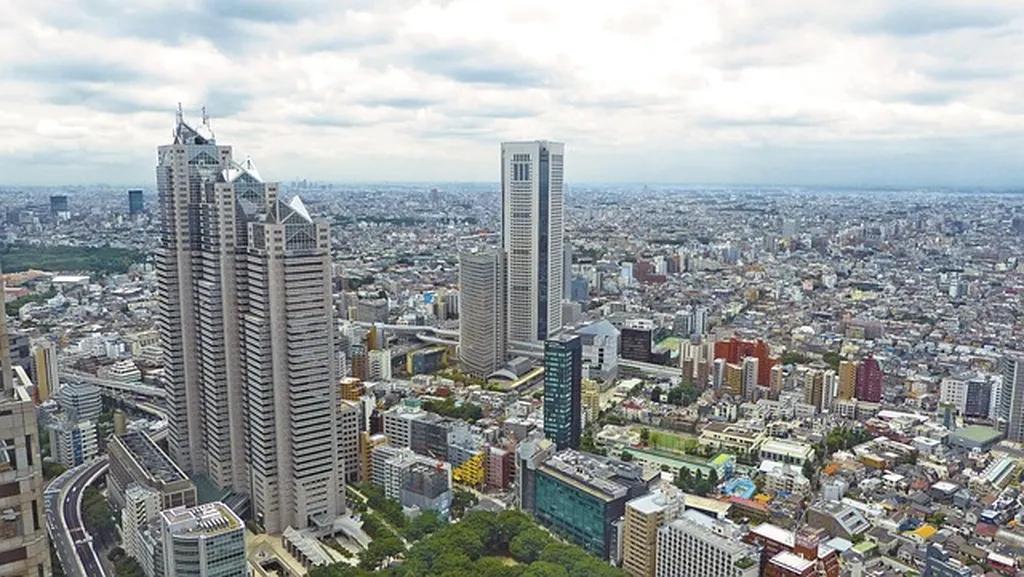In the heart of our cities, a silent challenge is brewing—one that’s not just about concrete and steel, but about heat. As urban areas expand, they’re getting hotter, and not just because of the summer sun. This phenomenon, known as the Urban Heat Island (UHI) effect, is a significant hurdle to sustainable urban living, according to a recent study published in ‘EQA’ (Environmental Quality and Analysis).
Priyanka Kalyanrao Patil, a researcher at the Agro Climate Research Centre, Tamil Nadu Agricultural University in Coimbatore, India, has been delving into the intricacies of UHI. She explains, “The UHI effect is driven by a mix of factors, including the reduction of green spaces, heat-absorbing construction materials, and compact city layouts. It’s a complex interplay that’s making our cities warmer than their rural counterparts.”
The consequences of UHI are far-reaching and have significant commercial implications, particularly for the energy sector. As cities heat up, so does the demand for energy, particularly for cooling. This increased demand can lead to higher energy bills for consumers and greater strain on power grids. Moreover, the UHI effect can exacerbate air pollution and increase greenhouse gas emissions, further contributing to climate change.
Patil’s research highlights that climate change is also altering local weather dynamics, intensifying heat stress in urban areas. “This is a vicious cycle,” she notes. “The UHI effect contributes to climate change, which in turn exacerbates the UHI effect.”
But it’s not all doom and gloom. Patil’s study also explores a range of mitigation strategies that could help cool down our cities and reduce energy demands. These include nature-based solutions like green roofs, vertical gardens, urban forestry, and blue infrastructure, as well as technological innovations like reflective roofs and permeable pavements.
The role of solar panels is particularly interesting. While they can help reduce greenhouse gas emissions, they can also contribute to the UHI effect. However, Patil suggests that with careful planning and design, solar panels can be part of a broader strategy to mitigate UHI.
The research published in ‘EQA’ (which translates to ‘Environmental Quality and Analysis’ in English) offers a roadmap for creating heat-resilient cities. It’s a call to action for urban planners, policymakers, and the energy sector to rethink our approach to urban development.
As Patil puts it, “We need to shift from concrete-dominated landscapes towards cooler, greener, and more sustainable urban environments.” This shift could not only improve the quality of life in our cities but also reduce energy demands and contribute to the fight against climate change.
The study’s findings could shape future developments in urban planning and energy management, promoting a more sustainable and resilient urban future. It’s a reminder that our cities don’t have to be concrete jungles—they can be cooler, greener, and more livable for all.

